Toward the end of the eighteenth century, the Industrial Revolution was born in Great Britain and Europe. It then turned its focus to Germany and the United States.
Between the years of 1820 and 1870, the new innovations in the industry were of vital importance to the trade and economic development of the United States. The Industrial Revolution itself signified the change from hand and home production of goods to machine and factory mass production of goods.
The Industrial Revolution was significant for the creation of water-power operated weaving and spinning machines, which were eventually replaced by steam operation. This helped to fuel America’s growth. In fact, the Industrial Revolution significantly changed America’s economy and society into a modern-day metropolitan-industrial state.
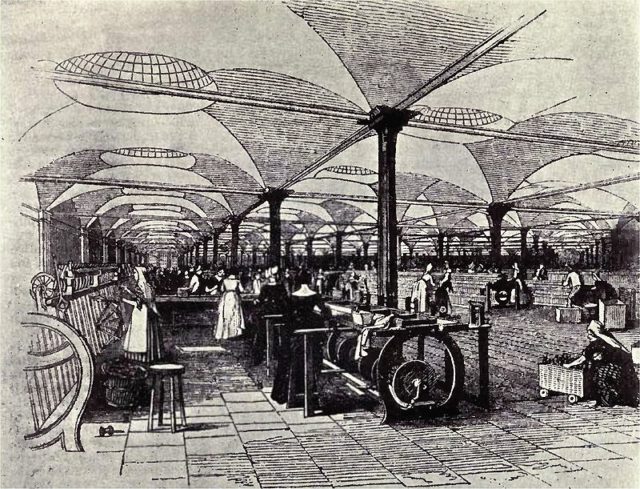
The real stimulus for America moving forward into the Industrial Revolution consisted of two main factors; first, when the U.S. Congress agreed to the Embargo Act of 1807, and secondly, the War of 1812. The Americans were outraged over an incident with their vessel, The Chesapeake, when the British opened fire on the ship after they were prevented from searching it. They seized four Americans, pressing them into service on British ships and hanging one of them for desertion. Following this event, there was much public outcry, and Congress passed the Embargo Act, which stopped the export of American goods and actually ended the import of goods from other nations. Eventually, America went to war with Great Britain in 1812. The results from the Embargo Act and the War of 1812 made it quite apparent that America required more economic independence, as well as a much-improved transportation system. An immediate expansion of American manufacturing began within the new country.
Industrialization in America encompassed three significant developments. First, the expansion of transportation. Second, electricity was channeled efficiently and productively. Third, significant improvements were made to industrial processes such as advancing the manufacturing process and accelerating production. The government helped protect American manufacturers by implementing a protective tax excise.
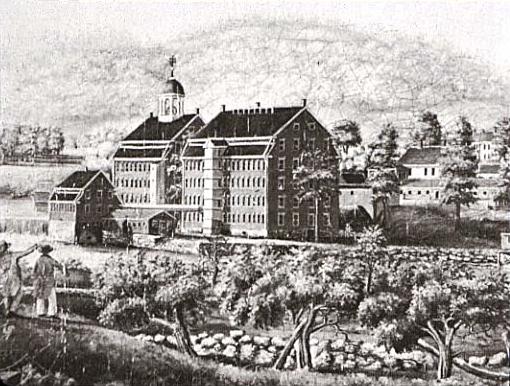
The invention of the cotton gin by Eli Whitney in 1794, made the separation of cotton seeds from fiber a very high-speed process for these times. The South increased its cotton resources, sending raw cotton north for the manufacture of clothing fabric. The efficiency of the manufacturing process of cloth was substantially improved when Francis C. Lowell generated the spinning and weaving processes together into one plant.
This led to the growth and advancement of the textile industry throughout the New England states.
In 1846, the manufacture of clothing was revolutionized with the invention of the sewing machine by Elias Howe. All at once, clothing began to be produced in factories as opposed to the home; the transition was amazing.
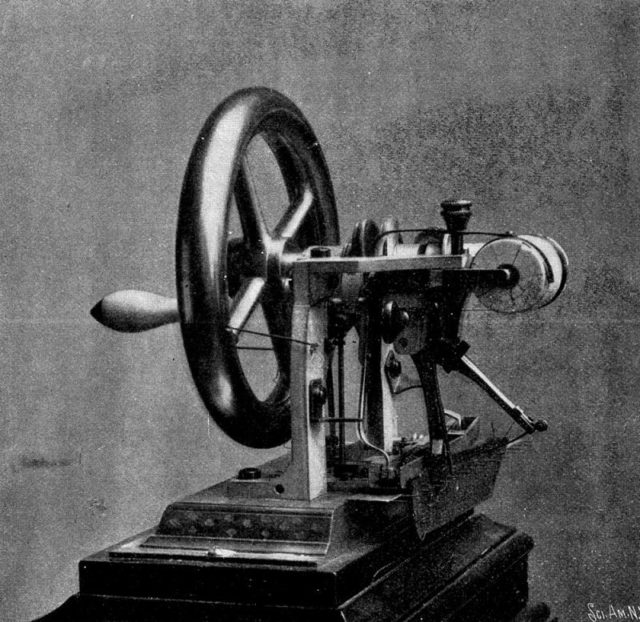
Eli Whitney came up with the concept to use interchangeable and standardized parts in 1798 to make muskets.
If machines could make standard parts, then the assembly-line effect could manufacture the product quicker than ever before.
This became an essential part of American industry and provided an instant shot in the arm to the Second Industrial Revolution.
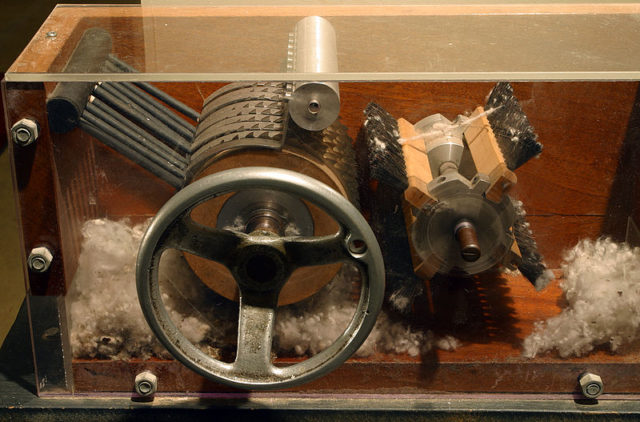
As industries and factories arose throughout the nation, people started moving from farms to cities, which led to other serious issues including disease and overcrowding. However, many improvements were made in farming as well, including better machinery and cultivators. Cyrus McCormick invented the reaper which allowed faster and more economical harvesting of grain. The first steel plow was invented by John Deere in 1837, helping to accelerate farming throughout the entire Midwest.
With the U.S. becoming ever more populous and increasing in size, better communication networks became extremely essential.
One of these communication systems came about from the invention of the telegraph by Samuel F. B. Morse in 1844. By 1860, this network covered the U.S. from the East Coast to the Mississippi.
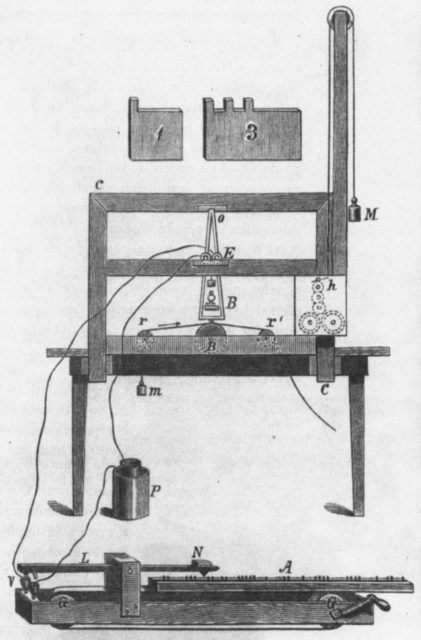
The Cumberland Road, the first national highway, began construction in 1811. This eventually became part of the U.S. Interstate 40. Also, the creation of the first river steamboat, the Clermont, by Robert Fulton made river transportation much more efficient. The first reliable and dependable steam engine, invented by James Watt, made this possible.
The construction of the Erie Canal created a route from the Atlantic Ocean to the Great Lakes, thereby stimulating the economy of New York State and making New York City a terrific trading center.
Railroads were of ultimate importance to the growth of trade throughout the U.S. In fact, by the beginning of the Civil War, railroads connected the most vital Midwest cities to the Atlantic coast.
Railroads advanced further to the west and provided raw materials to factories and markets. The first transcontinental railway was completed in 1869 at Promontory, Utah.

With the significant advances of the Industrial Revolution, there was no stopping innovators and inventors, and they continued to forge ahead throughout the remainder of the nineteenth and early twentieth-century. They found new ways to make Americans’ lives easier while increasing productivity.
The industrial foundation set throughout the mid-1800s paved the way for inventions such as the telephone (Alexander Bell), the light bulb (Thomas Edison), and the automobile (Karl Benz). Furthermore, Henry Ford’s creation of the assembly line, which made production methods so much more efficient, transformed America into a modern industrialized nation. The impact that these and other inventions had during these times cannot be underestimated.
